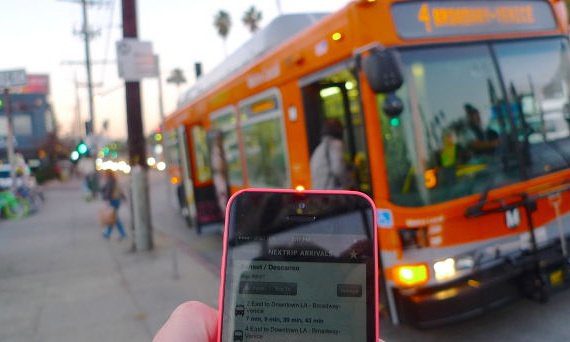 South Miami-Dade County is at a crossroads; new development has overwhelmed the existing road system. Mass transit is not a luxury but a long-overdue component to living in South Miami-Dade.
South Miami-Dade County is at a crossroads; new development has overwhelmed the existing road system. Mass transit is not a luxury but a long-overdue component to living in South Miami-Dade.
In 2002, the county passed the half-penny sales tax and promised Metrorail would be built all the way to Florida City. This promise was broken and declared impossible to fulfill in 2014.
Now, the county is moving forward with discussions of transportation options, but the conversation for South Dade lags behind and has little input from the community as to what we desire. That is why South Dade mayors have begun meeting and have formed a coalition with State Rep. Kionne L. McGhee to address the traffic and transportation concerns facing the South Dade community and the inevitable growth that is coming to the region.
The facts are clear the area is growing rapidly with a projected population of 665,000 (currently 610,000) by 2020 and 728,000 by 2040. Vehicular traffic has a fractured grid system with only two real connected alternatives for north-south travel: S. Dixie Highway and Florida’s Turnpike.
This has led to a major increase of congestion and a reduction of the quality of life as residents try to find alternatives through neighborhood roads. The average cost for housing and transportation in Miami is 72 percent of total income. Transportation alone is 32 percent and a hidden tax to the working class of South Dade which robs quality of life for our residents.
In reality, current transit solutions on the busway do not alleviate traffic congestion and are failing our residents. There are not enough buses on the system at peak hours, park and ride facilities are lacking and filled with no spaces available, and bus travel is substantially slower than car travel. In short the busway has failed to provide the alternative it was meant to accomplish. Travel time from Homestead to Dadeland South Metrorail currently takes about 75 minutes, yet drive time averages 45.
Buses are still buses, no matter how you package them. They can try to spend hundreds of millions of dollars to make them look like light rail, but in the end, a bus is just a bus. Enhanced buses could help in the short term but this service comes far too late in the growth as it’s not the answer for the future. Light rail offers a better quality of ride, vehicles are wider and more spacious and being bigger they have quicker boarding and carrying capacity.
In short, light rail is the needed fix that “enhanced buses” or “BRT” is trying to pretend to be. For a bus system to compete it would require many buses, queued in place and they would not have as efficient a boarding system. While light rail costs more initially, over the life of the system the costs are less than a bus rapid transit system when operation and maintenance are factored in.
Light rail also encourages density along the traffic corridor; recent changes to Cutler Bay, Palmetto Bay, and Homestead encouraging growth along the transit corridor align economically with light rail.
Managed growth, done right with a transit system that relieves traffic congestion, is the only way forward for South Dade. But any system requires connectivity to work, that is why a network feeding into a transit line that is reliable, convenient, and functioning on time is the key to the future of our region.
The reality is, that even with a system that does not live up to what it should, the South Dade busway has current boarding of about 16,000 daily, with a projected growth to 20,000 with enhanced bus service. This accompanied with projected growth meets the required threshold for federal funding and this is the only option that will ensure our quality of life.
The South Dade mayors are fighting to have the voices of the citizens heard and to ensure whatever the outcome is, that the county lives up to its promises. Please get on board the train, let your county government know that it is time to live up to the commitment that we have paid our taxes for over these long years. We are the ones suffering the traffic shortfalls caused by the failure to properly invest. Accept no cheap substitutes that will fail to live up to the new promises. It is time we properly invest in resolving the traffic problem before we are all forced to move out to a metropolitan county that has leadership willing to invest.
Let’s ensure our economic future and our quality of life for the region.






